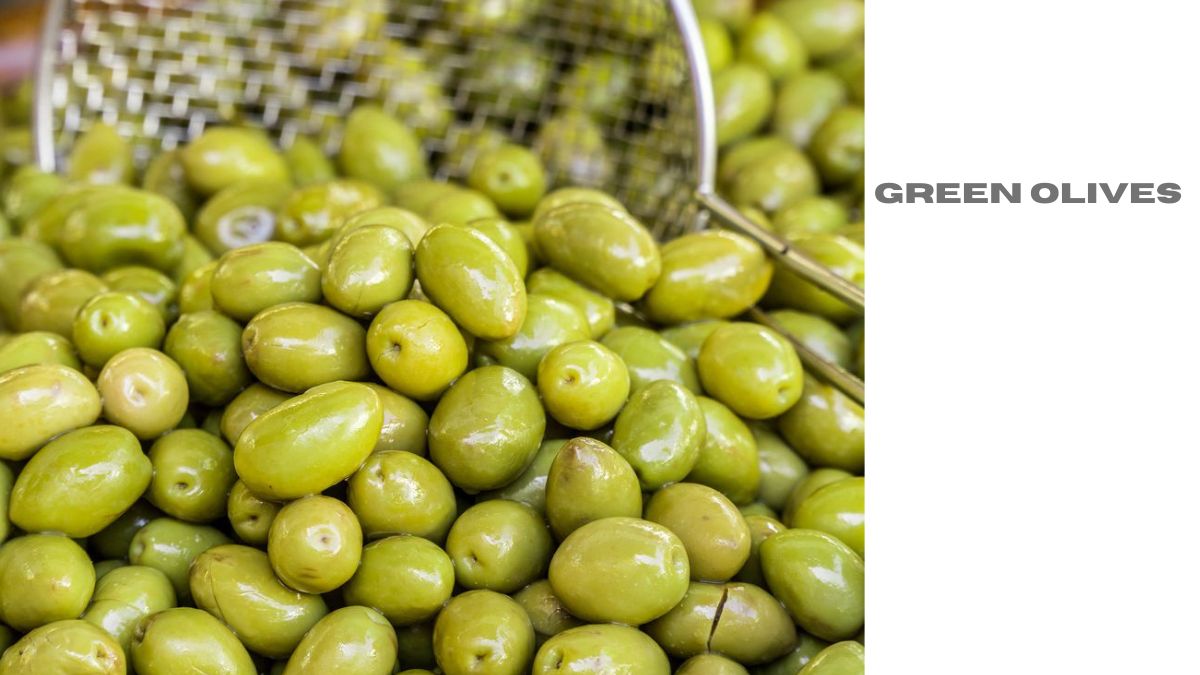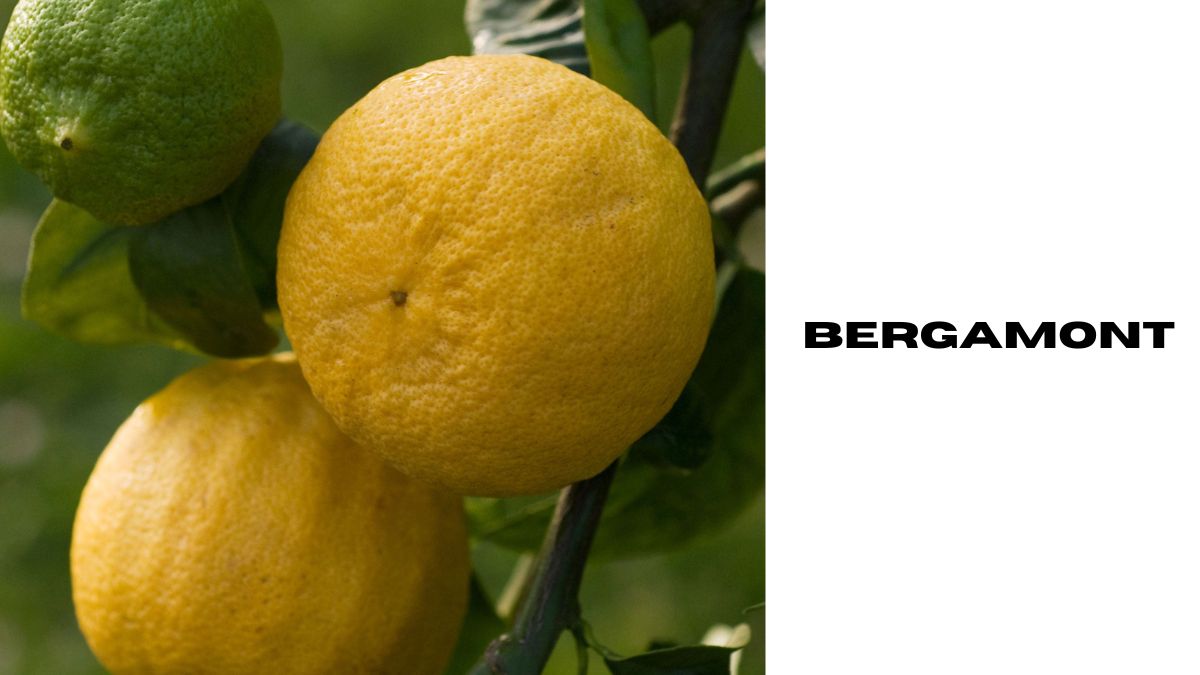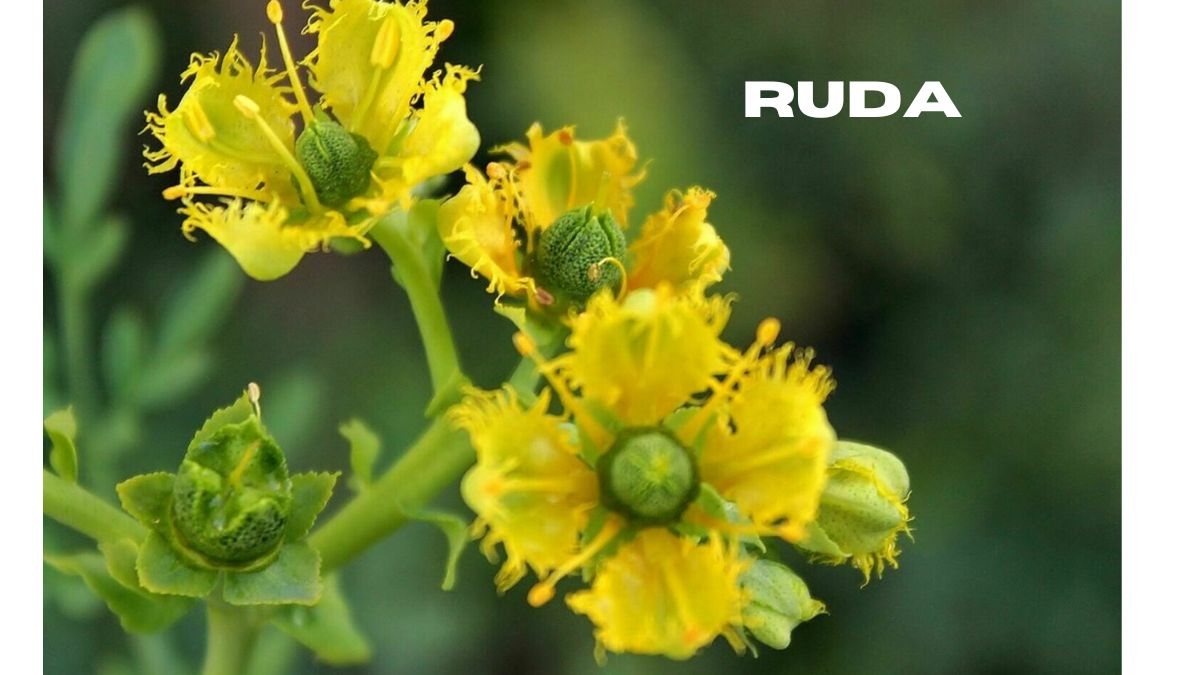Houseplants
How to Clean Houseplant Leaves: The Best Methods Revealed

If you’re like most people, you probably don’t think about cleaning the leaves of your houseplants. But believe it or not, this is an important task that should be done on a regular basis. Not only will it help your plants look nicer, but it will also keep them healthy and thriving.
This article will discuss the best methods for cleaning houseplant leaves. We’ll also provide tips on how to make the process easier and more efficient. So read on to learn more!
What Tools and Materials Are Required?
Before we get into the nitty-gritty of how to clean houseplant leaves, let’s talk about the tools and materials you’ll need.
First, you’ll need a soft cloth or sponge. Avoid using anything abrasive, as this can damage the leaves. You’ll also need some sort of mild cleaning solution. This could be something as simple as water with a few drops of dish soap in it. Or, you could purchase a commercial plant cleaner from your local garden center.
Finally, you’ll need a container to hold your plants while you’re cleaning them. This could be a sink, bathtub, or even just a large bucket. Make sure that whatever container you use is big enough to fit all of your plants comfortably.
Related Post: How to Use Cactus Soil for Snake Plants (Important Tips!)
How to Clean Houseplant Leaves
Now that we’ve gone over the basics let’s get into the specifics of how to clean houseplant leaves.
The First Step: Gather Your Supplies
As we mentioned, you’ll need a few supplies before you start. So make sure you have everything on hand before you begin. This will save you time and frustration in the long run.
The Second Step: Fill Your Container With Water
Once you have your supplies gathered, it’s time to fill your container with water. If you’re using a sink or bathtub, simply turn on the faucet and let the water run until it’s deep enough to cover the leaves of your plants. If you’re using a bucket, fill it up with tap water.
The Third Step: Add Your Cleaning Solution
Once your container is full of water, it’s time to add your cleaning solution. If you’re using a commercial plant cleaner, follow the instructions on the bottle. But if you’re using a homemade solution, simply mix water and dish soap in a one-to-one ratio.
The Fourth Step: Place Your Plants In The Water
Now it’s time to start cleaning! Place your plants in the water and let them soak for a few minutes. This will help loosen any dirt or grime that’s clinging to the leaves.
The Fifth Step: Start Washing The Leaves
After letting your plants soak, it’s time to start washing the leaves. Use your soft cloth or sponge to gently scrub the leaves, being careful not to damage them. Pay special attention to the undersides of the leaves, as this is where most of the dirt and grime accumulate.
The Sixth Step: Rinse The Leaves With Clean Water
Once you’ve scrubbed all of the leaves, it’s time to rinse them with clean water. You can remove your plants from the original container and place them in a second container filled with clean water. Or, you could simply rinse them off with a hose or spray bottle.
Related Post: How to Choose the Right Cactus and Orchid Soil (Important Facts)
The Seventh Step: Dry The Leaves
After rinsing your plants, it’s important to dry their leaves before putting them back in their pots. Otherwise, they could develop mold or mildew. The best way to do this is to place them in a well-ventilated area and let them air dry.
The Eighth Step: Repeat As Needed
Cleaning your plants’ leaves is something that should be done on a regular basis. How often you need to do it will depend on the type of plants you have and the environment they’re in. But as a general rule of thumb, it’s a good idea to clean them every month or so.
How to Make the Process Easier and More Efficient
Cleaning your plants’ leaves doesn’t have to be a chore. In fact, there are a few things you can do to make the process easier and more efficient.
First, invest in a good plant cleaner. This will save you time and effort when it comes to mixing up your own solutions. Second, get yourself a soft cloth or sponge specifically for cleaning plants. This will help avoid damaging the leaves.
Finally, consider investing in a plant mister. This is especially helpful if you have large plants that are difficult to move around.
With these tips in mind, you should be well on your way to keeping your plants’ leaves clean and healthy! Thanks for reading! As always, feel free to reach out if you
Tips for Keeping Your Plants Healthy and Thriving
Now that you know how to clean your plants’ leaves, here are a few tips for keeping them healthy and thriving:
- Water them regularly
- Fertilize them on a regular basis
- Give them plenty of sunlight
- Repot them every year or so
Related Post: Can You Water Your Houseplants with Well Water? (Answered)
By following these simple tips, you can ensure that your plants will stay healthy for years to come!
FAQ
Q: How often should I clean my houseplant leaves?
A: The frequency of cleaning will depend on the type of plant and its environment. For example, if you have a regularly dusted plant, you may only need to wipe the leaves down every few weeks. However, if your plant is in a room with smokers, you may need to clean the leaves more frequently.
Q: What is the best way to clean houseplant leaves?
A: A few different methods can be used to clean houseplant leaves. These include wiping the leaves down with a damp cloth, using a leaf blower or vacuum cleaner with an attachment, or spraying the leaves with water from a spray bottle.
Q: Do I need to use any special tools or materials to clean my houseplant leaves?
A: No, you should be able to clean your plant’s leaves with items that you already have around the house. However, suppose you have difficulty removing all the dirt and grime from the leaves. In that case, you may want to purchase a leaf blower or vacuum cleaner with an attachment specifically designed for cleaning plants.
Q: How can I prevent my houseplant leaves from getting dirty in the first place?
A: There are a few things that you can do to help keep your plant’s leaves clean. First, try to dust or vacuum the area around your plant on a regular basis. This will help to remove any airborne particles that could land on the leaves. Second, be careful not to overwater your plant. Too much water can lead to mold and mildew growth, which can be difficult to remove from the leaves. Finally, keep your plant away from smokers or other sources of pollution.

Houseplants
Green Olives: A Versatile and Nutrient-Packed Addition to Your Diet

Green olives, with their tangy flavor and firm texture, are a staple in Mediterranean cuisine and have been enjoy for centuries. Beyond their culinary appeal, these little green gems pack a nutritional punch and offer a plethora of health benefits. From their antioxidant properties to their role in promoting heart health, green olives are a versatile ingredient that can enhance both the flavor and nutritional value of your meals.
Nutritional Value of Green Olives
Calories and Macronutrients
Green olives are low in calories but rich in healthy fats, making them a satisfying and nutritious snack option. A serving of ten green olives contains approximately 50 calories and 4 grams of fat, primarily monounsaturate fats, which are known for their heart-healthy benefits.
Micronutrients
In addition to healthy fats, green olives are a good source of vitamin E, iron, and copper. These micronutrients play vital roles in supporting immune function, energy production, and overall health.
Health Benefits of Green Olives
Rich in Antioxidants
Green olives are pack with antioxidants, such as oleuropein and hydroxytyrosol, which help protect cells from damage caused by free radicals. These compounds have anti-inflammatory properties and may reduce the risk of chronic diseases.
Heart Health
The monounsaturated fats found in green olives have been linked to a reduced risk of heart disease by lowering LDL (bad) cholesterol levels and improving blood vessel function. Incorporating green olives into a balanced diet may help support cardiovascular health.
Cancer Prevention
Some studies suggest that the antioxidants in green olives may have anticancer properties, potentially inhibiting the growth of cancer cells and reducing the risk of certain types of cancer, including breast and colon cancer.
Improved Digestion
Green olives contain fiber, which promotes healthy digestion by adding bulk to stool and facilitating regular bowel movements. Additionally, the healthy fats in olives may help lubricate the digestive tract and prevent constipation.
Culinary Uses of Green Olives
Green olives add depth of flavor and a burst of briny goodness to a variety of dishes. From salads and appetizers to main courses and snacks, there are countless ways to incorporate green olives into your culinary repertoire.
Salads
Add chopped green olive to Mediterranean-inspired salads for a pop of color and flavor. Their salty tang pairs well with fresh vegetables, feta cheese, and a drizzle of olive oil.
Appetizers
Stuff large green olive with cream cheese or goat cheese for an elegant appetizer that’s sure to impress your guests. Wrap them in prosciutto for an extra layer of flavor.
Main Courses
Use sliced green olive to elevate pasta dishes, such as puttanesca or pasta primavera. Their briny flavor adds depth to sauces and complements the richness of meats and seafood.
Snacks
Enjoy green olive on their own as a satisfying and nutritious snack. Pair them with whole-grain crackers or raw vegetables for a balanced snack that will keep you feeling full and energized.
Types of Green Olive
Spanish Green Olive
Spanish green olive are known for their firm texture and slightly bitter flavor. They are often marinate in olive oil and herbs to enhance their taste.
Greek Green Olive
Greek green olive are brined rather than cured, giving them a milder flavor and a softer texture. They are commonly used in Greek salads and mezze platters.
Italian Green Olive
Italian green olives come in various sizes and shapes, ranging from small and round to large and oblong. They are typically cured in brine or pack in olive oil with herbs and spices.
How Green Olive Are Made
The process of making green olive involves harvesting the olive at the peak of ripeness and then curing them to remove their natural bitterness. There are several methods of curing olives, including brining, dry curing, and lye curing, each of which imparts a unique flavor and texture to the final product.
Harvesting Process
Green olive are harvested by hand or with the use of mechanical shakers to gently shake the olives from the tree branches. Care is taken to avoid damaging the olives during the harvesting process to ensure the highest quality product.
Curing Methods
Once harvested, the olives are sort and cleaned before being cure. Brining is the most common method of curing green olive, which involves soaking them in a saltwater solution for several weeks to remove their bitterness. Other curing methods, such as dry curing with salt or lye curing, are less common but produce olives with distinct flavors and textures.
Sustainability and Environmental Impact
The cultivation of olives is generally considered to be environmentally friendly, as olive trees are well-adapted to the Mediterranean climate and require minimal irrigation and fertilizer. However, unsustainable farming practices, such as overuse of pesticides and monoculture farming, can have negative impacts on soil health and biodiversity.
Houseplants
Bergamont: A Versatile Citrus Gem

Bergamont, with its fragrant citrusy aroma and a tangy-sweet taste, is a fruit known for its versatile applications in culinary, aromatherapy, personal care, and well-being. This article delves into the multifaceted nature of bergamonts, exploring its origins, cultivation, uses, and benefits.
Understanding Bergamonts
What is Bergamonts?
Bergamonts, scientifically known as Citrus bergamia, is a small citrus fruit primarily grown in the Mediterranean region. It resembles a miniature orange, with a distinctive pear-like shape and yellow or green color when ripe.
History of Bergamonts
Bergamonts has a rich history dating back centuries. It is believe to have originate in Southeast Asia and was later introduce to Europe by Christopher Columbus in the 15th century. Its name is derived from the Italian city of Bergamo, where it was initially cultivated.
Cultivation of Bergamonts
Bergamonts thrives in subtropical climates with well-drained soil and ample sunlight. The fruit is harvest during the winter months when its essential oil content is at its peak.
Common Uses of Bergamonts
Bergamonts finds its way into various culinary dishes, beverages, perfumes, and cosmetics due to its unique flavor and aroma.
Health Benefits of Bergamonts
It is pack with nutrients and bioactive compounds that offer several health benefits, including antioxidant properties, immune support, and digestive aid.
Bergamonts in Culinary Delights
Bergamonts in Cuisine
In culinary practices, bergamont zest and juice are use to add a citrusy flavor to desserts, sauces, marinades, and salads.
Bergamont Tea Recipes
Bergamonts tea, made from dry bergamonts leaves or zest, is a popular beverage known for its refreshing taste and potential health benefits.
Bergamonts Infused Dishes
Infusing dishes with bergamonts oil or essence can elevate the flavor profile of savory dishes, confections, and cocktails.
Bergamonts in Aromatherapy
Aromatherapeutic Uses
Bergamont essential oil is prize in aromatherapy for its uplifting and calming effects on the mind and body.
Bergamonts Essential Oil Benefits
The aromatic compounds in bergamont oil have been link to stress reduction, mood enhancement, and improved cognitive function.
How to Use Bergamonts in Aromatherapy
It can be diffuse, inhaled, or apply topically (diluted with a carrier oil) to experience its therapeutic effects.
Bergamonts in Personal Care
Bergamonts in Skincare
Bergamont oil is commonly use in skincare products for its antiseptic, anti-inflammatory, and astringent properties, making it effective in treating acne, eczema, and oily skin.
Bergamonts in Haircare
Bergamont-infused hair products can help balance sebum production, promote scalp health, and add shine to hair.
Bergamonts in Perfumery
The alluring scent of bergamonts is a popular choice in perfumery, often used as a top note in citrusy and floral fragrances.
Bergamonts and Well-being
Stress Relief with Bergamonts
The calming aroma of bergamonts oil can alleviate stress, anxiety, and tension, promoting relaxation and mental clarity.
Bergamont for Mental Clarity
Inhaling bergamont oil may enhance focus, concentration, and cognitive function, making it beneficial for studying or working.
Bergamonts for Sleep Improvement
Diffusing bergamonts oil before bedtime can create a soothing atmosphere conducive to restful sleep, helping to combat insomnia and promote relaxation.
Conclusion
Bergamonts stands out as a versatile citrus gem, offering a myriad of culinary, aromatic, personal care, and well-being benefits. Whether enjoyed in a cup of tea, incorporated into skincare routines, or used for its therapeutic properties, bergamont continues to captivate and enrich lives worldwide.
Houseplants
Ruda: Unveiling the Mysteries of the Herb

Ruda, also known as Rue, is a perennial herb with a rich history spanning centuries. This aromatic plant, scientifically classified as Ruta graveolens, belongs to the Rutaceae family and is native to the Mediterranean region. Renowned for its distinct scent and numerous health benefits, Ruda has found its way into traditional medicine, culinary dishes, and even folklore.
Origins and Cultivation
Ruda has been cultivated for centuries, with its origins tracing back to ancient civilizations such as the Greeks and Romans. It thrives in temperate climates and well-drained soil, requiring ample sunlight to flourish. Today, Ruda is cultivated worldwide, with notable production hubs in Europe, North Africa, and parts of Asia.
Nutritional Value
Although primarily valued for its medicinal properties, Rudas also boasts a range of essential nutrients. Rich in vitamins A, C, and E, as well as minerals like calcium, magnesium, and potassium, this herb offers a nutritional boost when incorporated into one’s diet.
Medicinal Properties
Rudas has long been revered for its medicinal properties, with traditional practitioners harnessing its healing potential for various ailments. It is believed to possess anti-inflammatory, antimicrobial, and antispasmodic properties, making it a popular choice for treating digestive issues, menstrual cramps, and respiratory conditions.
Culinary Uses
In addition to its medicinal benefits, Ruda adds a distinctive flavor to culinary creations. Its bitter, citrus-like taste enhances the flavor profile of dishes ranging from soups and stews to salads and sauces. However, due to its potent flavor and potential toxicity in large quantities, Ruda should be used sparingly in cooking.
Rudas in Folklore and Culture
Throughout history, Rudas has been shrouded in folklore and superstition. In many cultures, it is believed to ward off evil spirits and bring good luck when worn or planted near homes. Additionally, Rudas has been used in rituals and ceremonies to promote health, prosperity, and protection.
Precautions and Side Effects
While Ruda offers numerous health benefits, it is essential to exercise caution when using this herb. Ingesting large amounts of Ruda can lead to toxicity, resulting in symptoms such as nausea, vomiting, and dizziness. Pregnant women should avoid Rudas, as it may stimulate uterine contractions and increase the risk of miscarriage.
Harvesting and Storage
Harvesting Rudas is a straightforward process, typically involving the plucking of fresh leaves and stems. To preserve its potency, Rudas should be stored in a cool, dry place away from direct sunlight. Dried Rudas can be stored in airtight containers for extended periods, ensuring its medicinal and culinary uses remain intact.
Conclusion
Rudas stands as a versatile herb with a rich history and myriad benefits. From its origins in ancient civilizations to its widespread cultivation today, Ruda continues to captivate enthusiasts with its aromatic scent, nutritional value, and medicinal properties. Whether used in traditional medicine, culinary endeavors, or cultural rituals, Ruda remains a timeless symbol of health and vitality.
-

 Backyard2 months ago
Backyard2 months agoShould You Remove Pine Needles from Under a Tree? (Answered)
-

 Gardening2 months ago
Gardening2 months agoHow to Keep Squirrels Away with Coffee Grounds (Answered)
-

 Gardening2 months ago
Gardening2 months ago10 Surprising Facts About Greenhouses (How Do Greenhouses Work?)
-

 Gardening2 months ago
Gardening2 months agoHow to Save a Dying Corn Plant (Answered with Tips!)
-

 Gardening2 months ago
Gardening2 months agoHow to Use Pine Shavings as Garden Mulch (Answered)
-

 Gardening2 months ago
Gardening2 months agoHow to Get Rid of Bugs in Your Bagged Soil (Answered)
-

 Backyard2 months ago
Backyard2 months agoCan You Put Dry Wood Through a Wood Chipper? (Explained)
-

 Gardening2 months ago
Gardening2 months agoTips for Growing Tomatoes in Clay Soil (Important Facts!)